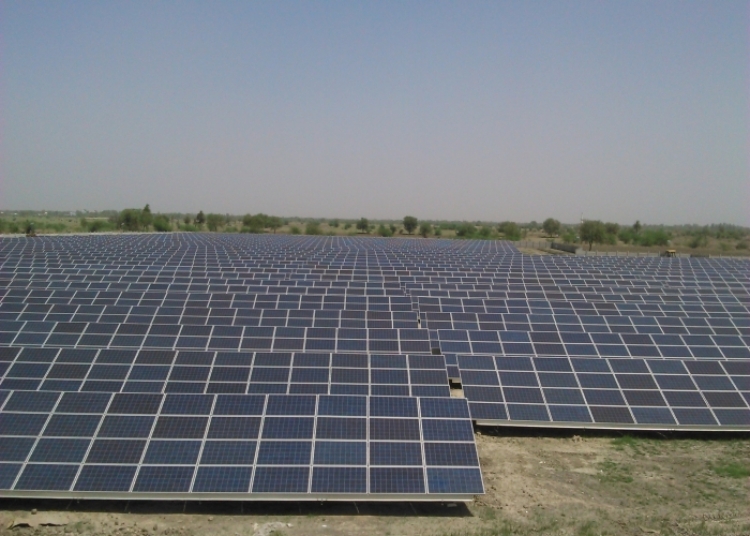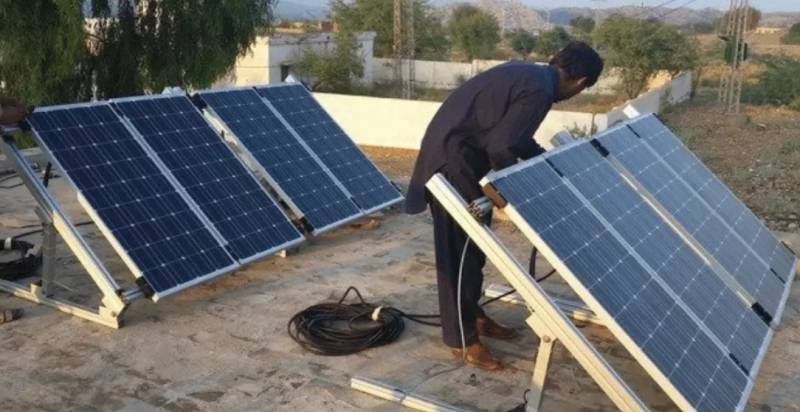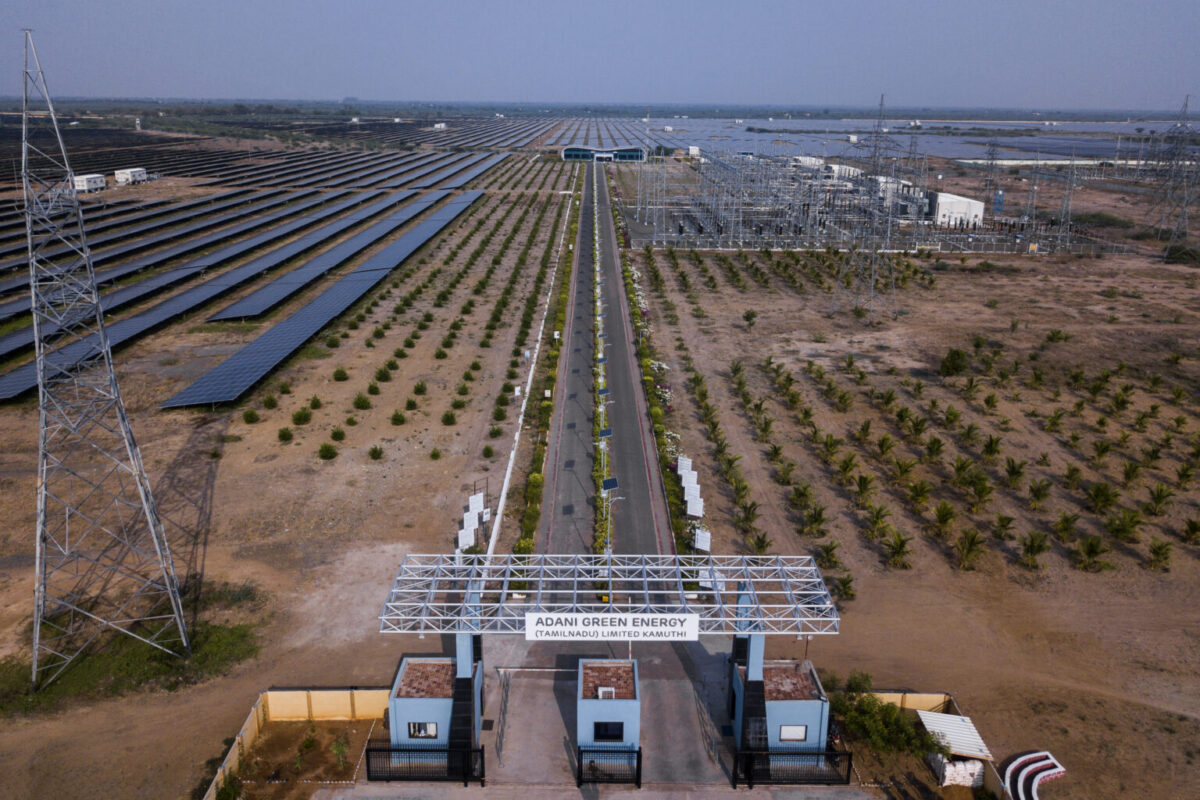CoherentMI’s Insightful Report
CoherentMI recently released a comprehensive report on the Dual Axis Solar Tracker Market, revealing a significant growth projection. Valued at US$ 6.46 Billion in 2023, the market is expected to surge to US$ 13.76 Billion by 2030, with a remarkable CAGR of 11.4% during the forecast period.
Driving Forces Behind Growth
The market’s upward trajectory is propelled by the global emphasis on renewable energy and the pursuit of a low-carbon economy. Governments and organizations worldwide are investing substantially in renewable projects, making solar power a focal point. Dual axis solar trackers, crucial for maximizing solar panel efficiency, play a pivotal role in this scenario, improving energy yield and enhancing return on investment.
Market Takeaways
CAGR Projections: The market is anticipated to witness a robust CAGR of 11.4% during 2023-2030, driven by the increasing demand for renewable energy sources and advancements in solar tracking technologies.
Dominance of Single Axis Segment: The single axis segment is expected to hold a dominant position, offering cost-effectiveness and widespread adoption, particularly in utility-scale installations.
Solar Photovoltaic Technology Reigns: Solar photovoltaic technology is projected to dominate, thanks to its compatibility with solar PV modules, maximizing electricity generation by aligning panels accurately with the sun.
Utility Sector Leading the Way: Within the application segment, the utility sector is expected to secure the largest market share. Investments in solar power projects to meet growing electricity demand and reduce carbon emissions drive the utility industry’s preference for dual axis solar trackers.
North America Takes the Lead: Geographically, North America is anticipated to dominate the market, with significant growth in solar power installations fueled by government initiatives and favorable regulatory frameworks.
Key Players and Market Trends
Leading players in the dual axis solar tracker market include Array Technologies, NEXTracker, PV Hardware, Arctech Solar, and others. Market trends highlight the increasing adoption of solar energy in emerging economies and ongoing technological advancements in solar tracking systems.
Market Opportunities
1. Increasing Demand for Renewable Energy Sources
The surge in demand for renewable energy sources, driven by global initiatives to reduce greenhouse gas emissions, positions the dual axis solar tracker market for substantial growth. The trackers’ ability to enhance energy efficiency makes them attractive for utility, commercial, and residential applications.
2. Advancements in Solar Tracking Technologies
Continuous advancements in solar tracking technologies present a significant opportunity for market growth. Manufacturers are investing in research and development to improve efficiency, reliability, and cost-effectiveness. Features like real-time tracking and smart connectivity enhance the performance and usability of dual axis solar trackers.
In conclusion, the dual axis solar tracker market is poised for substantial growth, fueled by the increasing demand for renewable energy and continuous innovations in solar tracking technologies. The market’s potential is further amplified by the dominance of single axis trackers, solar photovoltaic technology, and the utility sector, with North America leading the charge. Key players are actively investing in R&D to deliver superior solar tracking solutions, ensuring a strong market presence.
Source:prnewswire.com





